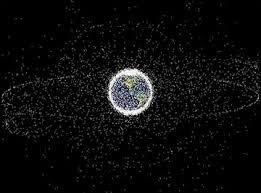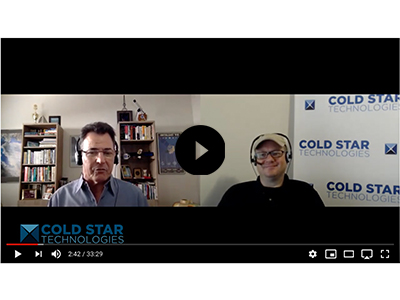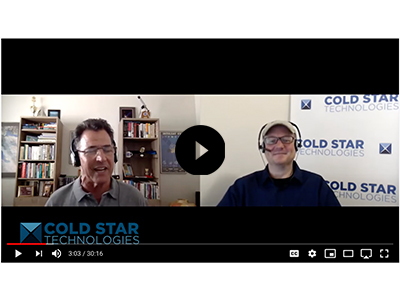Mike has been a guest on the Cold Star Project podcast twice now – see both interviews here –
OUR MISSION
Satellite DFR is a space debris mitigation advocacy group. Our primary goal is to ensure that all future objects launched into earth’s orbit are configured for later retrieval from orbit.
OUR ASKS OF THE SPACE INDUSTRY
- Think long term – beyond the sale, beyond lifetime, beyond passivation to the spacecraft’s ultimate disposal – Design to demise
- Agree that ADR is required to maintain utility of near earth orbit
- Agree that all future designs will be recoverable and advocate for industry cooperation
- Fund R&D efforts to develop recovery techniques and technologies for their designs – including disassembly and materials/component recovery and recycling
- Work with international community to develop global standards for recovery interfaces
- Sponsor internships of students to study satellite recovery and disposal issues – seed the ADR future
- Conduct a reentry risk analysis on all satellites
- Create archive of satellite design and disposal data and hold in escrow for future ADR mission planners
- Agree that ADR is required to ensure future space operations – Maintain your operating environment
- Sign DFR pledge and advocate for industry acceptance
- Include DFR in all RFPs for satellites and launch vehicles
- Fund ADR studies for recovery and disposal of satellites and rocket bodies
- Agree to implement DFR for all LVs components that must remain in orbit
- Change future launch ops to leave nothing in orbit but payloads
- IADC: Remove remediation from Working Group 4 and add a 5th working group focused on remediation to coordinate standards; modify existing, or create new legal constructs; and, facilitate future ADR missions
- Modify the current guidelines to require that all objects launched into Earth orbit be analyzed for their re-entry risk to document whether a controlled re-entry is required or not
- Make mandatory that owners and operators of all space objects be required to provide accurate orbital data for the duration of their object’s time on orbit
- Require all builders of space objects to document their designs (past and present) in an archive for future use by debris removal mission planners
- Update the current space catalog to uniquely identify collisions and all debris generated by each collision, and through subsequent collisions and multiple generations of debris, to accurately provide attribution to the maximum extent possible
- Develop areas of study for students relating to DFR and ADR
- Work with space community to refine areas of study
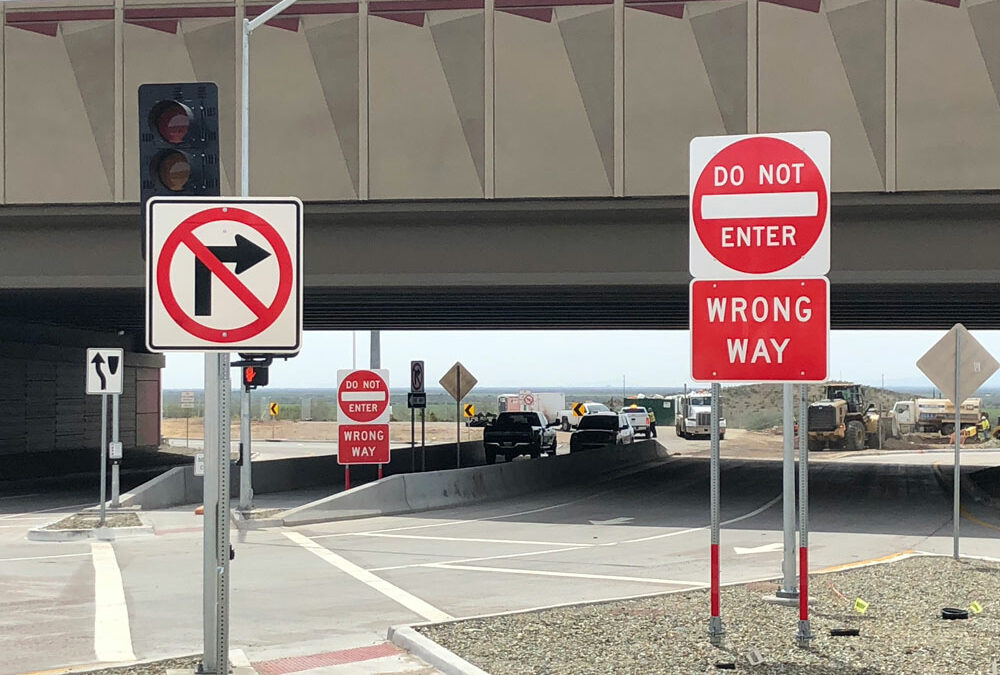
The Current State of Space Situational Awareness
A short story about everyday traffic reveals the key to safe and sustainable operations in Earth orbit.
ARTICLES
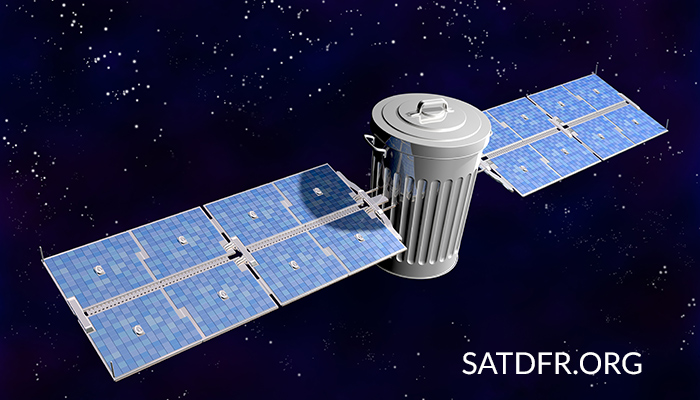
There Is More to DFR Than Handles
While handles, grapple posts, or similar features are important in the recovery of satellites, design for recovery (DFR) does not begin and end there. DFR asks the overarching question: what is the ultimate disposal of this object and how do we design, document, and...

What Goes Up Should Come Down
It’s past time to improve our use of space and to adopt a strict regimen resembling that of wilderness hikers – “pack it in, pack it out”, and “leave it as you found it”. These implications can be rather severe compared to our current practices. Satellites in lower...

Satellites, What Are They Made Of?
Imagine, if you will, a future in space. A future, previously well-described in science fiction literature - a healthy space infrastructure has been built with permanent bases in earth orbit, on the moon, including a small outpost on Mars. We’ve been very lucky. The...
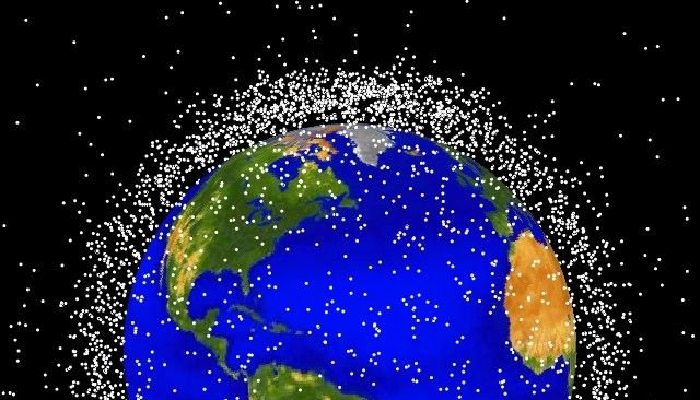
The Tragedy of the Common Orbits
With apologies to Garrett Hardin The tragedy of the common orbits develops in this way. Picture an orbit open to all. It is to be expected that each operator will try to keep as many satellites as possible in the orbit. Such an arrangement may work reasonably...
Reference Materials
The Current State of Space Situational Awareness
A short story about everyday traffic reveals the key to safe and sustainable operations in Earth orbit.
SatDFR Comments to FCC NPRM 18-313 on Debris Mitigation
Below are our comments to the FCC on mitigation of space debris: Click here for NPRM 18-313 Click here for a PDF of our response February 20, 2019 By electronic filing Ms. Marlene H. Dortch Secretary Federal Communications Commission 445 12th Street S.W....
Catcher’s Mitt Final Report
The Catcher’s Mitt study was conducted to evaluate the need for, and the technical feasibility of, reducing the amount of orbital debris via active removal. The Defense Advanced Research Projects Agency (DARPA) with support from the Orbital Debris Office at NASA...
Taxonomy of LEO Space Debris Population for ADR Selection
The following paper presents a novel taxonomy method for LEO space debris population. The goal of the method is to provide a new way of classifying low Earth orbit (LEO) space debris objects to support future ADR missions and aid decision making. The method is...
Pay Me Now or Pay Me More Later
The objective of this paper is to examine when the aerospace community should proceed to develop and deploy active debris removal solutions. A two-prong approach is taken to examine both (1) operational hazard thresholdsand (2) economic triggers. Research in the paper...
IAA Situation Report on Space Debris – 2016
This fifth report on orbital debris sponsored by the IAA is being issued at a time when so many aspects of the space environment are changing. There are an increasing number of countries operating in space; a more diverse suite of satellites and launchers and an...

